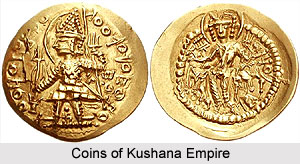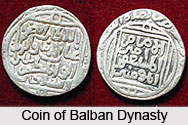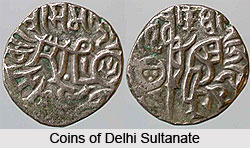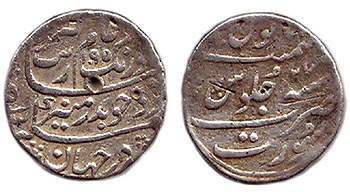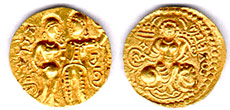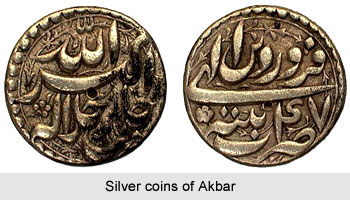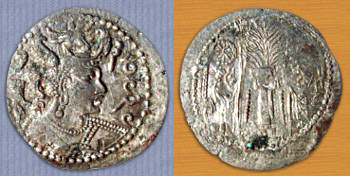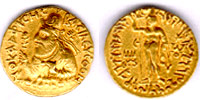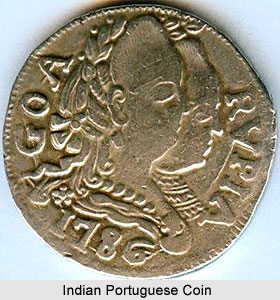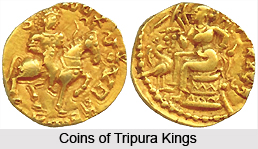 Tripura was an independent Hindu kingdom. It is a hilly tract and a strip of fertile plains east of Bengal. It came into prominance soon after muslim rulers of Bengal lost their military strength. Tripura kings managed to acquire large tracts of land. Finally in 1733, powerful Mughal army defeated Tripura Maharaja (king) and occupied fertile plains leaving him all hilly tracts. But this region remained powerfully a Hindu oriented land. After British took control of Bengal, in 1871, a agent was appointed to help Maharaja in administration. Thus this hill kingdom managed to remain independent till mid 20th century and finally in 1947 merged as one of the state in Indian republic.
Tripura was an independent Hindu kingdom. It is a hilly tract and a strip of fertile plains east of Bengal. It came into prominance soon after muslim rulers of Bengal lost their military strength. Tripura kings managed to acquire large tracts of land. Finally in 1733, powerful Mughal army defeated Tripura Maharaja (king) and occupied fertile plains leaving him all hilly tracts. But this region remained powerfully a Hindu oriented land. After British took control of Bengal, in 1871, a agent was appointed to help Maharaja in administration. Thus this hill kingdom managed to remain independent till mid 20th century and finally in 1947 merged as one of the state in Indian republic.
All Tripura coins are in the Bengali script but the language used is Sanskrit. Almost all of the coins issued by Tripura kingdom have names of their kings together with their queens. In 1464 AD, a young prince, Ratna Manikya with help of Rukn-ud-din Barbak Shah, a sultan of Bengal managed to gain full control over Tripura. He issued first coins of Tripura with fixed date of Saka era 1386 (1464 AD) which are certainly far superior to neighboring Bengal coinage. Even though Ratna Manikya minted coins in the identical weight standard of Bengal/ Mughal, they were entirely Hindu in their design and inspiration and definitely far better artistic specimen as compared to contemporary Bengal or Mughal coinage. Just like the Assam coins, most of the Tripura coins also had a carving of the lion, (vahana of goddess Durga) on obverse and legends on reverse in Bengali script. But the most striking feature of Ratna Manikya`s coinage is the name of his Queen, Laksmi Mahadevi, on the coin. This became a permanent practice among all successive kings. In the whole numismatic history of this subcontinent there are only five instances where the Queen`s name is inscribed on the coin along with the King.
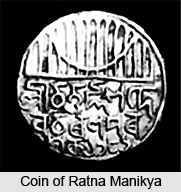 The reason behind this is mostly the predominance of the Queen at that particular phase of time. But in the case of Ratna Manikya there is no evidence of the Queen exerting special power. Neither the numismatists nor the social scientists could explain this unusual phenomenon.
The reason behind this is mostly the predominance of the Queen at that particular phase of time. But in the case of Ratna Manikya there is no evidence of the Queen exerting special power. Neither the numismatists nor the social scientists could explain this unusual phenomenon.
The next coin-striking ruler was Mukut Manikya (1411 Shaka). He had a very short reign. He introduced Garuda on his coins in place of the lion. In his epithets is found religious invocations to Narayana or to Chandi. The name of his Queen was Machatri Mahadevi. Dhanya Manikya, the ruler who followed, was installed in 1412 Shaka. His Queen`s name, also inscribed in the coins, was Kamala. He reinstated the symbol of lion in the coin and deviated from the standard practice of fixed dated coins in the installation year. He introduced commemorative coins recording his victories with respective dates. His coin entitled Vijayendra (victorious-1428 Shaka) and Chattigram Vijayi (victorious over Chittagong-1435 Shaka) were issued after his successive military achievements. The next ruler, Deva Manikya (1448 Shaka), issued consecutive dated coins after his victory over Subarnagram. He also introduced another variety of coins commemorating his holy bath at Durasa. In his coins names of his two queens (Padmavati and Gunavati) are mentioned.
Vijay Manikya (1454 Shaka), ruled for nearly three decades. Starting from his installation date, he issued coins to commemorate different occasions. In the epithet of one of his coins he describes himself as Kumudisadrshi` (one who looks like the lotus) and on the other as Vishveshvara (one who rules the world). His coins were issued at different dates, some coinciding with his sacred baths at the rivers Dhajaghata, Lakhkha, Padma, and a certain estuary, which he described as Pratisindhusimo. These places mentioned are mostly within the adjoining territory of Bengal.
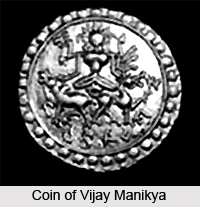 Tripura gradually became politically unstable; naturally the number of coins issued also decreased. Over the years, they tended to become more like ceremonial issues. The epithets of the later coins became stereotyped; the invocations changed only according to the religious beliefs of the rulers. By the end of the 18th century these hand-struck coins gave place to `semimachine` issues. By the second half of the 19th century the coins were struck fully by machines in their own mints. This tradition continued till the middle of the twentieth century. The only exception to this practice occurred at the time of Radhakishore Manikya (end of the 19th century), who struck one set of coins with the denomination of double, full and half tankas in some private mint of Great Britain. Although Tripura coins were issued continuously for about five hundred years, their circulation was mostly confined to the territory of the state or to surrounding regions. Most of the coins are in silver, but a few are in gold.
Tripura gradually became politically unstable; naturally the number of coins issued also decreased. Over the years, they tended to become more like ceremonial issues. The epithets of the later coins became stereotyped; the invocations changed only according to the religious beliefs of the rulers. By the end of the 18th century these hand-struck coins gave place to `semimachine` issues. By the second half of the 19th century the coins were struck fully by machines in their own mints. This tradition continued till the middle of the twentieth century. The only exception to this practice occurred at the time of Radhakishore Manikya (end of the 19th century), who struck one set of coins with the denomination of double, full and half tankas in some private mint of Great Britain. Although Tripura coins were issued continuously for about five hundred years, their circulation was mostly confined to the territory of the state or to surrounding regions. Most of the coins are in silver, but a few are in gold.
